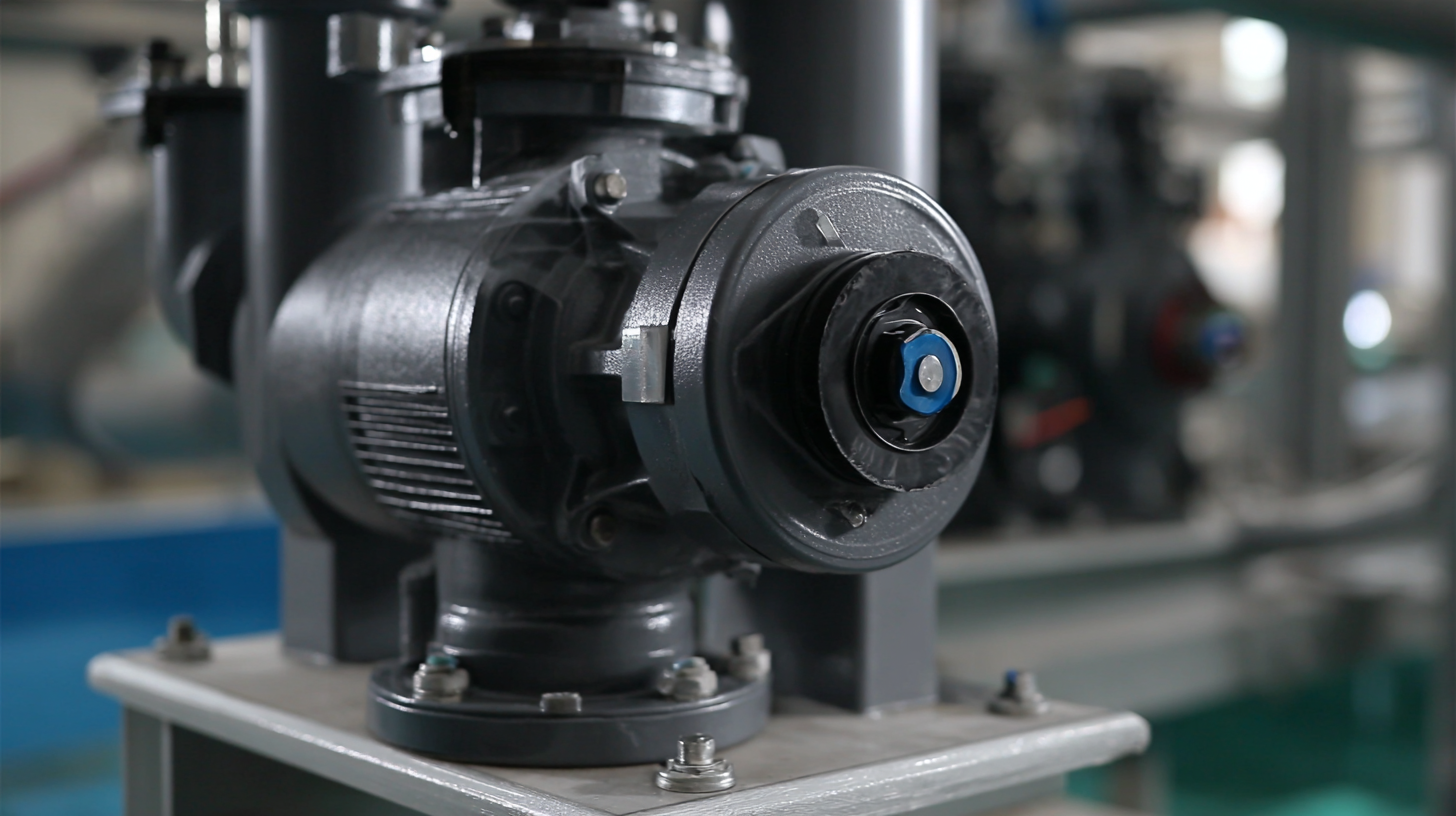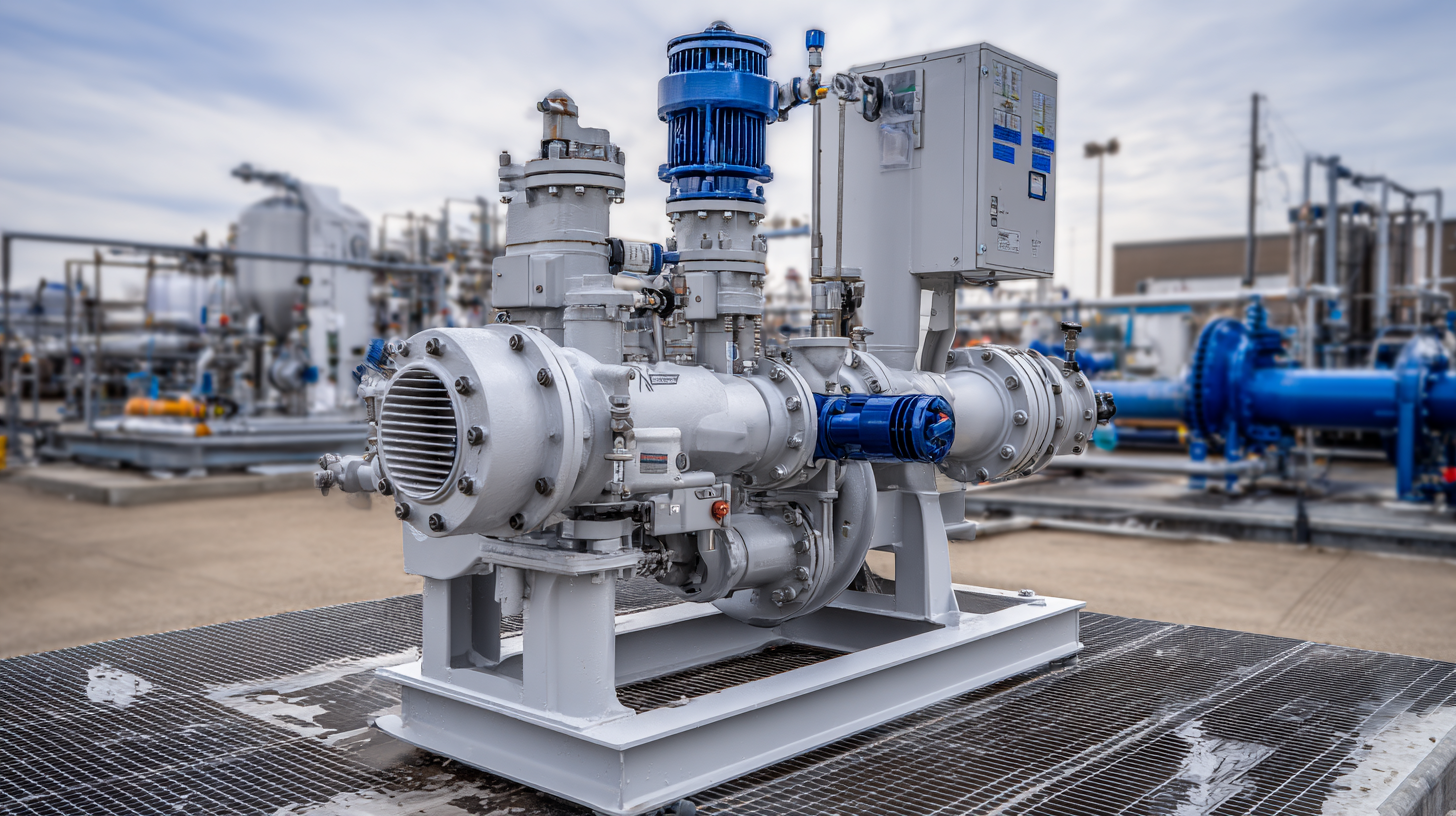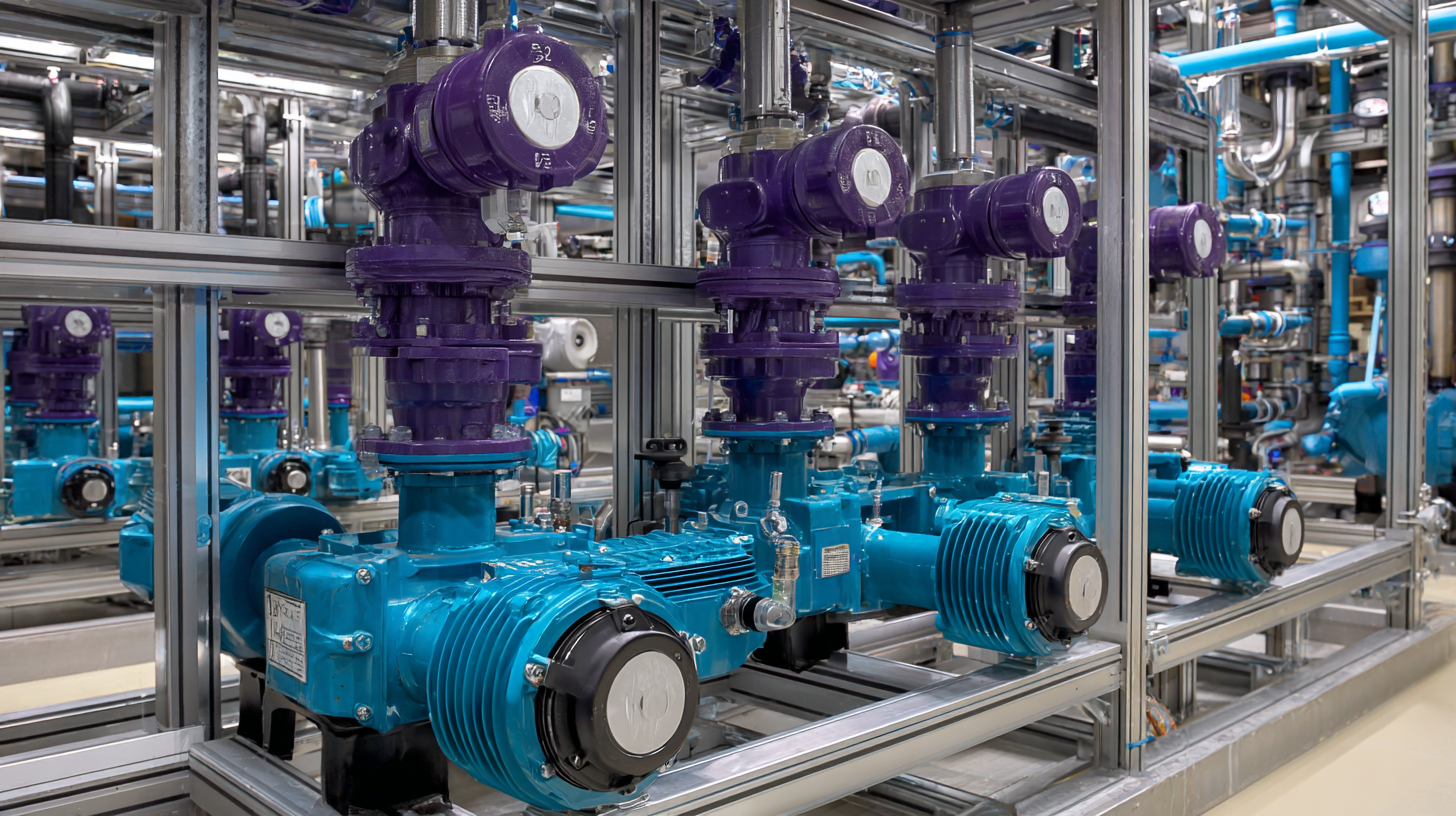Blog
5 Best Practices for Choosing the Right Chemical Feed Pump
Choosing the right chemical feed pump is crucial for ensuring the efficiency and effectiveness of various industrial processes. With a myriad of options available on the market, the task can seem daunting. However, making an informed decision can significantly impact operational performance, safety, and costs. Whether you are dealing with water treatment, food processing, or pharmaceutical production, the correct chemical feed pump can optimize chemical dosing accuracy and enhance system reliability.

In this blog, we will explore the five best practices that will guide you through the selection process, helping you navigate the key considerations that should influence your choice. By understanding these best practices, you can ensure that your chemical feed pump aligns perfectly with your specific application requirements, ultimately contributing to the overall success of your operations.
Identifying Your Chemical Feed Requirements for Accurate Pump Selection
When selecting the right chemical feed pump, understanding your specific chemical feed requirements is paramount. Each application presents unique challenges, whether it's the type of chemicals being fed, the required flow rates, or the pressure levels. Start by analyzing the characteristics of the chemicals involved, considering factors such as viscosity, temperature stability, and compatibility with pump materials. This information is essential to ensure that the pump you choose can handle the demands of your chemical processes without risking damage or inefficiencies.

Another crucial element to consider is the flow rate and pressure requirements of your operation. Defining the optimal flow rate will aid in identifying which pumps can adequately deliver the necessary volume at a specific pressure. It's vital to look for a pump that not only meets these specifications but also accommodates any potential fluctuations in demand. Furthermore, evaluating the pump's control capabilities for real-time adjustments can significantly enhance your operational efficiency, ensuring that chemical dosing remains precise and reliable throughout the system. By thoroughly assessing these critical requirements, you can make a more informed decision and select a chemical feed pump that best fits your operational needs.
Understanding Different Types of Chemical Feed Pumps and Their Applications
When selecting the right chemical feed pump, understanding the various types available and their specific applications is crucial. Different environments demand different pumping technologies, with metering pumps being a preferred choice for many due to their steady-state accuracy, repeatability, and linearity. These attributes are particularly vital in dosing applications where precision is a non-negotiable requirement. Recent advancements have led to the development of pumps that operate efficiently under high pressure and low flow scenarios, enhancing safety in processes such as water treatment.
Chemical feed pumps play a pivotal role in various industries, ensuring optimal performance and operational safety. For instance, new technologies have significantly reduced maintenance needs at facilities, showcasing the importance of selecting pumps designed for the unique challenges of specific applications. Moreover, the integration of robotic technologies for pump removal in hazardous environments illustrates a growing trend towards automation and enhanced safety protocols in pump operations. The right pump not only improves efficiency but also contributes to overall safety and cost reduction in chemical handling processes.
Evaluating Flow Rate and Pressure Specifications for Optimal Performance
When selecting a chemical feed pump, evaluating flow rate and pressure specifications is crucial for ensuring optimal performance. According to a recent report by the Chemical Engineering Magazine, an accurate flow rate is vital as it determines the efficiency of the chemical dosing process. For instance, a flow rate that deviates significantly from system requirements can lead to over-dosing or under-dosing, affecting both the chemical treatment efficacy and operational costs. It's recommended that engineers calculate the required flow rate based on the specific application's demands, considering factors such as tank capacity and chemical characteristics.
Pressure specifications are equally important, as they influence the pump's ability to deliver fluid consistently and reliably. A study by the Hydraulic Institute highlights that pumps operating below their acceptable pressure range can result in cavitation, which can damage the pump and reduce its lifespan. Additionally, understanding the system's friction losses and how they impact total dynamic head (TDH) is essential for selecting a pump that operates efficiently within its designed pressure parameters. By thoroughly evaluating both the flow rate and pressure specifications, operators can choose a chemical feed pump that not only meets the application needs but also enhances operational reliability and longevity.
5 Best Practices for Choosing the Right Chemical Feed Pump
This bar chart illustrates the flow rates and pressure specifications of various chemical feed pumps. Evaluating these parameters is crucial for selecting the right pump for optimal performance.
Key Factors in Material Compatibility and Pump Durability
When selecting a chemical feed pump, material compatibility and pump durability are paramount to ensuring reliable operation and longevity. According to a report by the Chemical Engineering and Technology journal, improper material selection can lead to rapid degradation of pump components, which is not only costly in terms of replacements but can also lead to process downtimes of up to 15% in industrial applications. Thus, understanding the corrosive properties of the chemicals being pumped is crucial. It is recommended to analyze chemical composition and environmental conditions to choose materials such as high-density polyethylene (HDPE) or PVDF, which offer excellent resistance against corrosive substances.

Moreover, pump durability is influenced by the quality of construction materials and design. The Hydraulic Institute's standards indicate that pumps made with stainless steel or specialized alloys tend to have a significantly lower failure rate, decreasing operational disruptions by as much as 30%. Additionally, considering equipment factors like seal integrity and bearing quality can enhance the pump's lifespan. As plants increasingly move towards automation and continuous processes, selecting the right materials and ensuring long-lasting durability in pump construction are vital for maintaining efficiency and minimizing maintenance costs.
Tips for Maintenance and Troubleshooting to Ensure Long-term Efficiency
When selecting a chemical feed pump for your operations, maintenance and troubleshooting practices are crucial for ensuring long-term efficiency. Regular maintenance is essential, starting with routine inspections of the pump's components. Checking for wear and tear on seals, valves, and hoses can prevent small issues from escalating into costly repairs. It's also important to ensure that the pump is calibrated correctly and operating within its designated capacity to avoid operational stress.
In addition to regular maintenance, being vigilant about troubleshooting can help you quickly identify and resolve issues. Common problems, such as fluctuations in flow rate or unexpected noises, can often be traced back to simple causes like air leaks or misalignments. Implementing a system for monitoring the pump’s performance metrics can provide early warnings of potential malfunctions. By addressing these indicators promptly, you can minimize downtime and extend the life of your chemical feed pump, ultimately contributing to a more efficient and productive system.
5 Best Practices for Choosing the Right Chemical Feed Pump - Tips for Maintenance and Troubleshooting to Ensure Long-term Efficiency
| Practice | Description | Maintenance Tip | Troubleshooting Issues |
|---|---|---|---|
| 1. Define Application Requirements | Understand the chemical properties, flow rate, and pressure needed. | Regularly assess application needs to ensure they haven’t changed. | If inconsistent flow is observed, revisit application requirements. |
| 2. Choose the Right Pump Type | Select from diaphragm, gear, or peristaltic pumps based on your needs. | Ensure pump type matches fluid viscosity and chemical compatibility. | If pump fails, check compatibility with fluids being used. |
| 3. Size the Pump Correctly | Select pump size based on system requirements and operational parameters. | Conduct regular flow tests to confirm proper sizing. | If underperformance occurs, reassess pump sizing calculations. |
| 4. Monitor Pump Performance | Implement monitoring systems for flow rate and pressure. | Schedule regular check-ups to monitor wear and tear. | Investigate sudden pressure drops or abnormal noises immediately. |
| 5. Provide Regular Training | Train staff on operational procedures and safety measures. | Ensure ongoing education on the latest pump technologies. | Encourage reporting of issues to streamline maintenance solutions. |
Related Posts
-

5 Unmatched Benefits of Using Chemical Metering Pumps for Precision in Industry
-

7 Essential Features of the Best Chemical Metering Pumps for Global Buyers
-

The Future of Suction Pump Technology Revolutionizing Efficiency and Performance
-

Innovative Applications of Diaphragm Pumps Across Various Industries
-

How to Choose the Right Industrial Pumps for Your Manufacturing Needs
-

Comprehensive Guide to Selecting the Right Diaphragm Pump: Key Industry Insights and Performance Metrics
